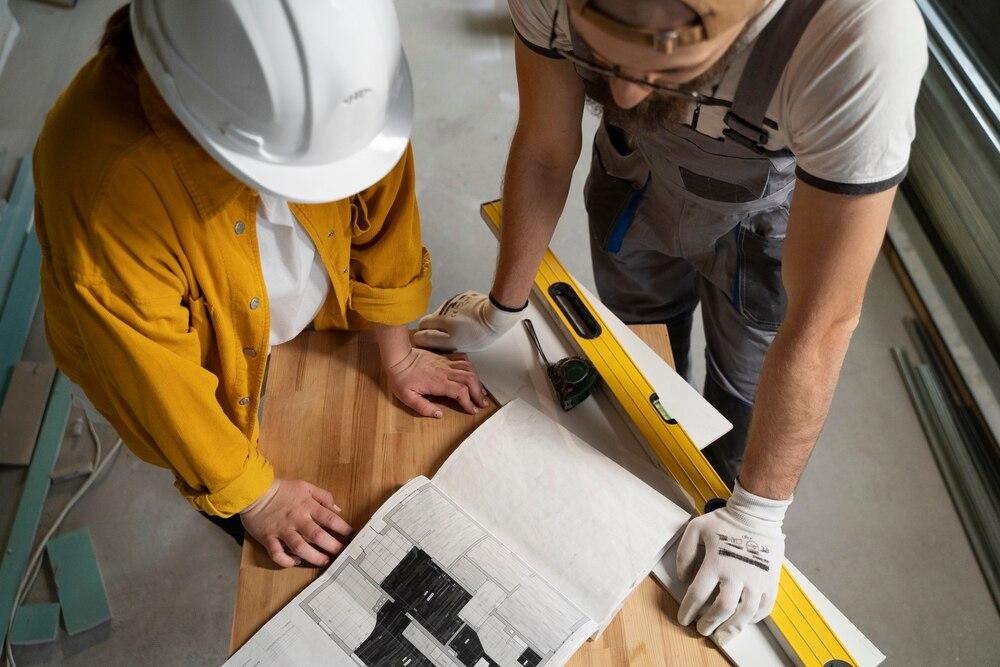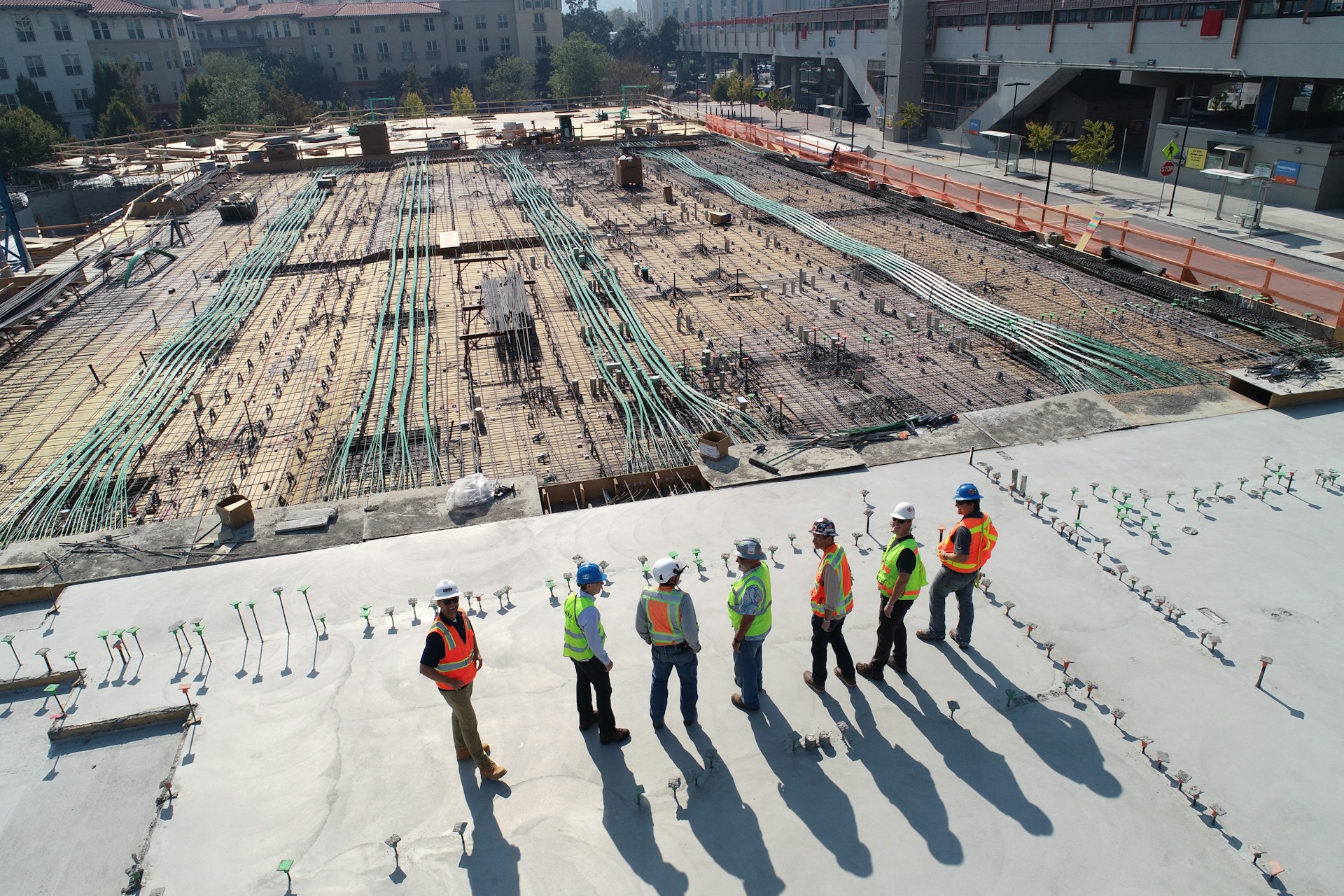Metal buildings have become an increasingly popular choice for various uses, including farm equipment storage, workshops, and outbuildings. Their durability, versatility, and cost-effectiveness make them ideal for many property owners. However, before you can break ground on your new metal building, it’s essential to understand the permitting and zoning regulations that apply to your area. Navigating these rules can prevent delays, fines, and other legal issues, ensuring your project goes smoothly.
In this article, we’ll explore the key aspects of permitting and zoning for metal buildings, including what you need to know to stay compliant with local laws.
Understanding Zoning Regulations – What Are Zoning Regulations?
Zoning regulations dictate how land in specific areas can be used and what types of structures can be built. These rules are established by local governments to maintain order in development and ensure that different land uses are compatible with one another. Zoning laws help protect residential, commercial, agricultural, and industrial zones by outlining what can be built where and under what conditions.
Before constructing a metal building, it’s crucial to check whether your property is zoned for such a structure. Zoning regulations vary widely depending on the location and intended use of the building, so understanding these rules from the outset will help you avoid costly setbacks.
Common Zoning Considerations for Metal Buildings
- Agricultural Zoning: If you’re planning to use your metal building to store farm equipment or other agricultural purposes, you may find that agricultural zoning offers more flexibility. Many rural and farming areas allow larger structures without the same stringent regulations seen in urban areas.
- Commercial Zoning: For metal buildings intended for workshops, business use, or storage facilities, commercial zoning will apply. You’ll need to ensure your building complies with specific regulations regarding the size, use, and impact on surrounding businesses or residences.
- Residential Zoning: Residential zones often have stricter rules, limiting the size or height of outbuildings. If you plan to build a metal structure for personal use, such as a garage or workshop, verify what the local ordinances allow within residential zones.
- Mixed-Use Zones: Some properties fall under mixed-use zoning, where residential, commercial, and sometimes agricultural activities are allowed. Be sure to confirm which building types and activities are permissible in these areas.
How to Check Zoning for Your Property
To check your zoning designation, contact your local zoning or planning office. Most municipalities have online zoning maps, and staff are usually available to answer questions about specific regulations that apply to metal buildings in your area. Understanding your property’s zoning status will help guide the design and placement of your building, ensuring it meets local standards.
Permitting Requirements for Metal Buildings – When Do You Need a Permit?
In most cases, you will need a permit to build a metal structure on your property. The permitting process ensures that your building meets safety standards and complies with local building codes. The specific permits required may depend on the size, use, and location of your metal building. Some common factors that determine whether a permit is needed include:
- Size of the Building: Larger structures typically require more stringent permits. For example, a small shed used for garden tools may not require a permit, while a large metal building used for farm equipment or as a workshop likely will.
- Intended Use: The purpose of the building also impacts the permit requirements. A metal building used for personal storage or as a garage may have different permitting needs than one used for commercial or industrial purposes.
- Location on the Property: The location of your building relative to property lines, roads, and other structures may require permits or special considerations. Setbacks, which dictate how far a structure must be from the property line, are a common requirement.
- Plumbing and Electrical Work: If your metal building will have utilities, you’ll need to ensure you obtain the necessary permits for plumbing, electrical, and other systems.
Steps to Obtain a Permit
- Submit a Building Plan: Most permit applications will require you to submit detailed plans of your building, including dimensions, materials, and the intended use of the structure. You may also need to provide a site plan showing the location of the building on your property.
- Pay Permit Fees: Depending on the size and complexity of your project, there may be fees associated with obtaining a building permit. These fees vary by location and the nature of the building.
- Inspection Requirements: Once the permit is issued and construction begins, many localities will require inspections at various stages of the project to ensure compliance with building codes. Inspections may cover structural integrity, electrical systems, plumbing, and more.
- Final Approval: After passing all required inspections, you’ll receive final approval, certifying that your building meets all local regulations and is safe for use.
Navigating Setback Requirements – What Are Setbacks?
Setbacks refer to the minimum distance your building must be from the property line, roadways, or neighboring structures. Local governments impose setback requirements to maintain space between buildings, reduce fire hazards, and ensure that development does not infringe on others’ properties.
Common Setback Rules
Setback rules vary depending on the zone and type of building, but typical setbacks for metal buildings may include:
- Front setback: Distance from the front of the building to the property line or street.
- Rear setback: Distance from the back of the building to the property boundary.
- Side setbacks: Distance from the sides of the building to neighboring property lines.
Why Setbacks Matter
Failing to comply with setback requirements can result in penalties, fines, or even the removal of the structure. It’s critical to understand the setback rules for your area and ensure your metal building is placed accordingly. Consult your local zoning office or permitting authority for the exact requirements in your area.
Special Considerations for Metal Buildings – Wind and Snow Load Requirements
In some regions, you’ll need to account for wind and snow loads when constructing a metal building. These regulations ensure that your building can withstand local weather conditions, such as heavy snow or high winds. Make sure your metal building design meets these requirements, which may be stricter in areas prone to severe weather.
Environmental Impact Assessments
Some larger metal buildings or those located near sensitive ecosystems may require environmental impact assessments. These assessments determine how the structure may affect the surrounding environment and whether mitigation measures are needed.
Conclusion
Constructing a metal building in Sacramento for farm equipment storage, workshops, or other uses is a smart investment, but it’s crucial to understand the permitting and zoning regulations that apply to your project. By familiarizing yourself with local zoning laws, obtaining the necessary permits, and complying with setback requirements, you can ensure your metal building is built safely and legally.
Taking the time to navigate these regulations before construction begins will save you time, money, and potential legal headaches, allowing you to focus on enjoying the benefits of your new metal building.
FAQs
Do all metal buildings require a permit?
Not all metal buildings require a permit, but larger structures or those with utilities generally do. Check with your local permitting office for specific requirements.
What are setbacks, and why are they important?
Setbacks are the required distances between a building and property lines, streets, or other structures. They help ensure safety and prevent overcrowding.
Can I build a metal workshop in a residential zone?
You may be able to build a metal workshop in a residential zone, but zoning laws will dictate the size and placement. Always check local zoning regulations before building.
Do I need special permits for electrical and plumbing in my metal building?
Yes, if you plan to install plumbing or electrical systems, additional permits will likely be required for those utilities.
How do I find out my property’s zoning designation?
Contact your local zoning or planning office to find out your property’s zoning designation, or check online zoning maps provided by your municipality.












